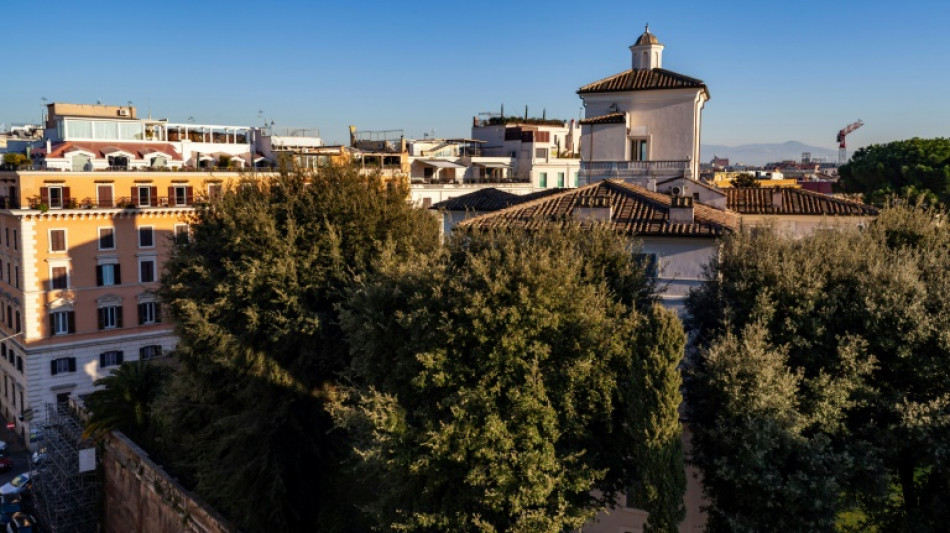
RBGPF
-0.8500

A Roman villa housing the only mural by Caravaggio failed to find a bidder in an auction Tuesday sparked by a dispute between its heirs.
The sprawling Casino dell'Aurora will be put up for sale again in April, with the base price of 471 million euros ($534 million) lowered by about 20 percent, according to the notary involved in the sale.
"Nobody took part in the auction," Camillo Verde told AFP, saying the next sale would take place on April 7 at 2:00pm Rome time.
The residence of the noble Ludovisi Boncompagni family for hundreds of years, the 2,800-square-metre (30,000 square feet) Casino dell'Aurora is located in central Rome between the Via Veneto and the Spanish Steps.
The auction was ordered by a Rome court following a dispute among the heirs of Prince Nicolo Ludovisi Boncompagni, the head of the family who died in 2018.
The dispute is between the prince's third and final wife, Rita Jenrette Boncompagni Ludovisi, a 72-year-old American former real estate broker and actor who once posed for Playboy, and the children from his first marriage.
The building is a Baroque jewel with gorgeous gardens and a valuable art collection that also includes frescoes by Guercino.
The base price has been lowered from 471 million euros to 376.8 million euros, Verde said.
Almost 35,000 people had called on the Italian government to exercise "its pre-emptive right" to buy the building and the Caravaggio, which alone is valued at 350 million euros, according to a petition on Change.org.
Under Italian law, the government can only do this after the sale to a private individual, and then within 60 days of the sale's completion -- and for the same price.
The oil mural by Caravaggio, whose real name was Michelangelo Merisi, dates to 1597 and is located on the ceiling in a corridor on the first floor of the palace.
It depicts Jupiter, Pluto and Neptune with the world at the centre, marked by signs of the zodiac.
"It's certainly one of his earliest (works) and is very interesting because the subject is a mythological subject, and Caravaggio painted almost only sacred works," art historian Claudio Strinati told AFP.
The palace was originally an outbuilding in the grounds of the Villa Ludovisi, of which nothing remains today. Its name comes from a Guercino fresco depicting the goddess Aurora, or Dawn, on her chariot.
A.Ferraro--NZN